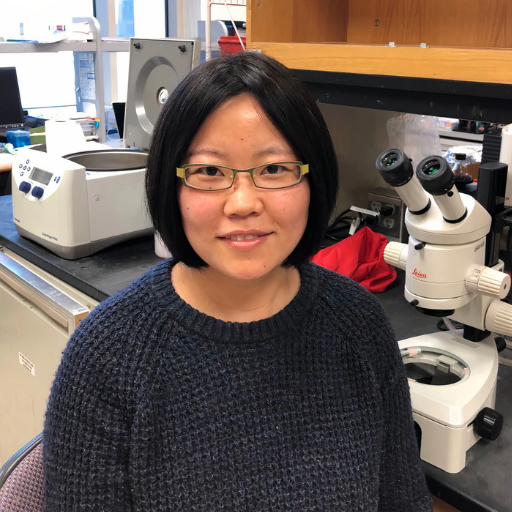Characterizing Factors That Induce Waste Clearance in Microglia

Principal Investigator
Anna Podlesny-Drabiniok, PhD
Icahn School of Medicine at Mount Sinai
New York, NY, USA
About the Research Project
Program
Award Type
Standard
Award Amount
$300,000
Active Dates
July 01, 2024 - June 30, 2027
Grant ID
A2024025S
Co-Principal Investigator(s)
Alison Goate, DPhil, Washington University in St. Louis
Goals
This project aims to validate computational predictions and characterize two candidate factors that may enhance the function of microglia in clearing cell debris associated with Alzheimer’s disease.
Summary
Human genetic studies implicate microglia, the brain’s “trash collector” cells, as key players in Alzheimer’s disease. Dr. Podlesny-Drabiniok and colleagues nominated candidate factors that may boost the ability of microglia to dispose of the waste that accumulates during Alzheimer’s. Here, the study aims to validate computational predictions and characterize the role of two candidate factors in human microglia at baseline and in the context of amyloids. Researchers will also target these factors in microglia derived from people carrying two copies of APOE4 to help these cells overcome the deficits associated with this major genetic factor for Alzheimer’s. Dr. Podlesny-Drabiniok’s research holds the potential to explore novel therapeutic strategies aiming to induce waste clearance processes in microglia.
Unique and Innovative
The most unique and innovative aspects of this proposal are the investigation of protective APOE genotypes in human microglia, which are often overlooked. This includes studying these genotypes in a 3D triculture model with neurons and astrocytes that accumulate beta-amyloid. The use of a novel CRISPR-screen approach with single-cell RNA sequencing readout to identify transcription factors that drive different microglial phenotypes. The exploration of therapeutic strategies targeting transcription factors to mitigate APOE4-mediated risks.
Foreseeable Benefits
Upon completion, this study will significantly advance our understanding of the genetic and molecular mechanisms underlying Alzheimer’s Disease, particularly the role of protective APOE genotypes and their impact on microglial function. For the general public, this research holds the potential to explore novel therapeutic strategies aiming to induce waste clearance processes in microglia. For the research field, the innovative use of CRISPR-screen and single-cell RNA sequencing to identify key transcription factors as modulators of microglial states.
Related Grants
Alzheimer's Disease Research
Understanding Tau Seeds: The Role of Protein Clumps on Membranes in Alzheimer's Disease
Active Dates
July 01, 2024 - June 30, 2026

Principal Investigator
Sankalp Shukla, PhD
Current Organization
University of California, Berkeley
Understanding Tau Seeds: The Role of Protein Clumps on Membranes in Alzheimer's Disease
Active Dates
July 01, 2024 - June 30, 2026

Principal Investigator
Sankalp Shukla, PhD
Current Organization
University of California, Berkeley
Alzheimer's Disease Research
Identification of Protein Biomarkers for Aging and Alzheimer's Disease
Active Dates
October 01, 2022 - September 30, 2024

Principal Investigator
Xiaojing Sui, PhD
Current Organization
Northwestern University - Evanston Campus
Identification of Protein Biomarkers for Aging and Alzheimer's Disease
Active Dates
October 01, 2022 - September 30, 2024

Principal Investigator
Xiaojing Sui, PhD
Current Organization
Northwestern University - Evanston Campus
Alzheimer's Disease Research
Studying Lysosomal Vulnerability in Aging and Alzheimer's Disease
Active Dates
July 01, 2022 - June 30, 2024

Principal Investigator
Ching-Chieh Chou, PhD
Current Organization
Stanford University
Studying Lysosomal Vulnerability in Aging and Alzheimer's Disease
Active Dates
July 01, 2022 - June 30, 2024

Principal Investigator
Ching-Chieh Chou, PhD
Current Organization
Stanford University


